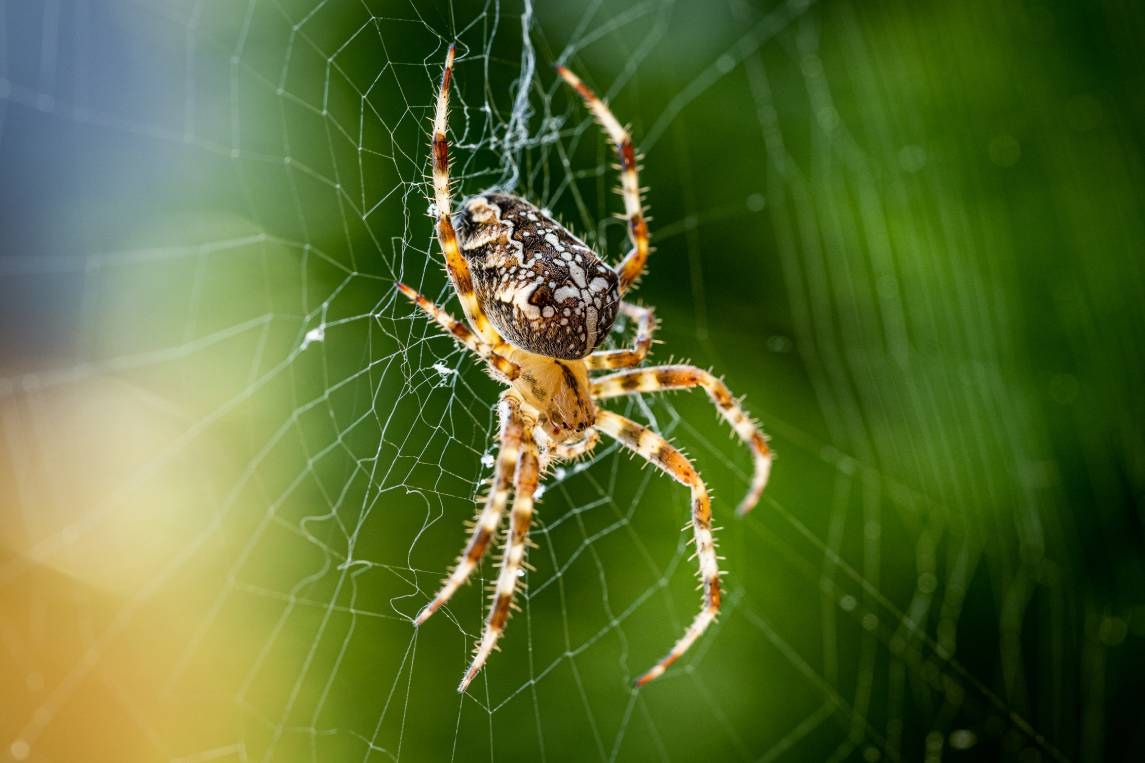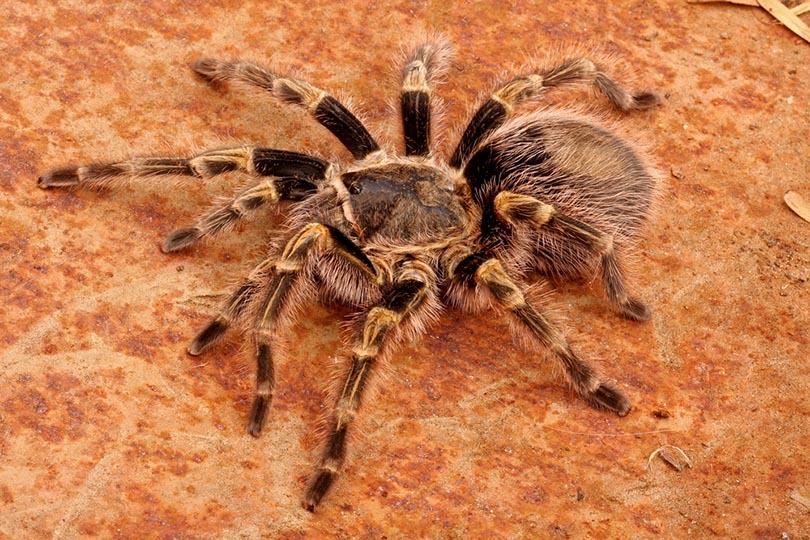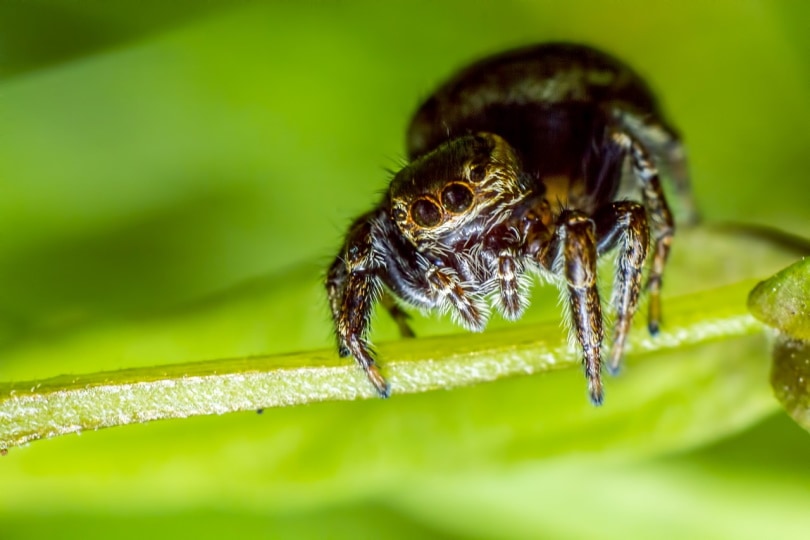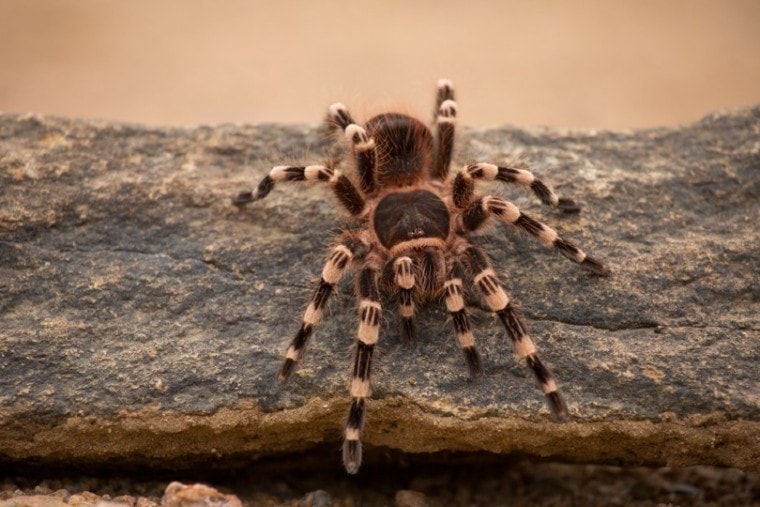
Tarantulas are some of the largest spiders in the world, and most people find them scary, while others find them adorable enough to keep as pets. But where do these creatures live in the wild, and where do they actually come from? Nearly anywhere warm. There are over 900 known species of tarantula that live in warm regions across every continent except Antarctica
Most tarantula species in the US live in the Southwest, and plenty of species live in Mexico, Central America, and South America. Southeast Asia and Australia are the other hotspots for tarantulas, while most of Europe lacks tarantulas. Depending on their environment, tarantulas display a variety of colorings and patterns. Tropical tarantulas look very different to desert tarantulas, for example, and live in different habitats.
Where Do Tarantulas Live?
Where exactly a tarantula lives depends on its species and habitat. In South America and Southeast Asia, there are tons of arboreal or tree-dwelling tarantulas that subsist off insects, small snakes, birds, bats, and other small animals.
In the deserts of the Southwestern US and Mexico, tarantulas tend to dig burrows into the soil and rarely come up except to feed and mate. In fact, most tarantulas found wandering are males searching for female mates.
There are dozens of endangered tarantula species globally, including some in India, Sri Lanka, the US, and Australia. Agricultural and logging industries can destroy natural habitats, leading to tarantula and wildlife population declines.

Are Tarantulas Dangerous to Humans and Pets?
Tarantulas aren’t dangerous to humans, despite their bad reputation. Their venom is only fatal to its diminutive prey and is rarely more painful than a bad bee or wasp sting to humans. Tarantula bites on dogs and cats are more dangerous but still shouldn’t be a severe problem, but less common pets are not compatible with tarantulas.
Pets like guinea pigs, hamsters, birds, and other small mammals are the natural prey of the tarantula, so you want to avoid them if you’re considering a tarantula for a pet. Kept in a terrarium, tarantulas are usually safe for dog and cat owners, though.
About Tarantula Venom
Tarantula venom is specifically designed by nature to paralyze and kill small prey like insects, birds, small reptiles, and small mammals. Many tarantulas include digestive enzymes in their venom, liquifying the prey, while others simply pounce on prey to feast.
To humans, the toxicity of tarantula venom ranges from less than a bee sting to a bit more painful than bee stings. With all that said, some tarantula species are more aggressive than others and can repeatedly bite with the proper provocation.
Do Tarantulas Make Good Pets?
Yes! If you’re not one of the people that get scared by them, tarantulas make awesome pets. They don’t make noise, aren’t terribly needy, and their behavior can be interesting to watch. Technically considered exotic pets, tarantulas aren’t recommended for new or inexperienced pet owners because they prefer specific conditions compared to cats and dogs.
Most tarantulas like it warm, but their tolerance for humidity varies by species. The Mexican Fireleg, native to arid Mexico, prefers lower humidity, while the Pink Toe Tarantula prefers 70% to 80% humidity in its enclosure or terrarium.
You also have to think about the spider’s species. Brazilian Black Spiders are famed for a very mellow, docile demeanor that makes them easy to handle. By contrast, the Cobalt Blue Spider native to Asia has a notoriously aggressive attitude. Both are popular pets but require different levels of vigilance, care, and patience.
Spiders aren’t like dogs or cats in the sense that they want or even care about human companionship or love. They can learn to interact with humans, and it’s nearly unheard of for a tarantula to bite its owner unless you’re dealing with an aggressive species like the Cobalt Blue.
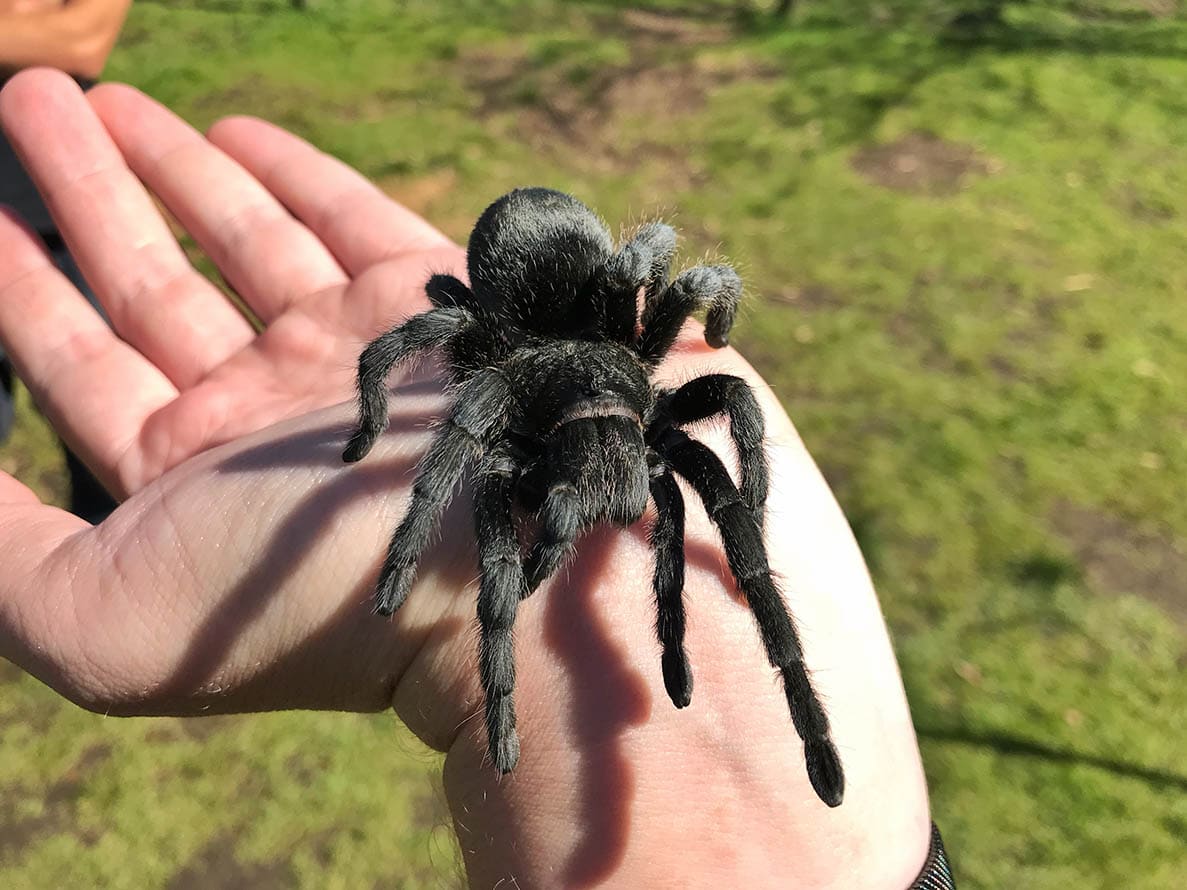
Conclusion
Tarantulas are native to all the world’s warm regions, but most species are found in Mexico, Central America, and South America’s tropical, subtropical, and desert climates. Many people love tarantulas as low-maintenance pets, but they’re definitely not ideal first-time or cuddly pets!
Featured Image Credit: Milan Zygmunt, Shutterstock


